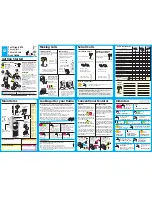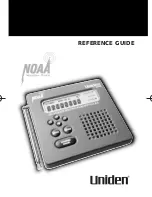
NOTE:
The RF451/RF452 can be powered by USB for configuration only. When power is being
supplied by USB, the internal radio is not operational.
Power savings occur only when the endpoint is not transmitting data. Also, Low Power Mode is of
little value when an endpoint has a constant, high throughput. Gateway and repeater radios do
not go into a low power mode. See
(p. 14) for more information. RF451/RF452
power requirements in the various states of operation are listed in
For help with determining a power budget and solar panel sizes for remote sites, see
www.campbellsci.com/videos/power-budgeting
.
Table 14-1: Power requirements at 12 VDC
Transmit current, for 1 W power at 100% duty cycle
650 mA
Receive current
40 mA
Idle current
15 mA
Sleep current
6 mA
15. RF451/RF452 antennas
Several antennas are offered to satisfy the needs for various gateway, endpoint, and
endpoint/repeater requirements. These antennas have been tested at an authorized FCC open-
field test site and are certified to be in compliance with FCC emissions limits. The use of an
unauthorized antenna could cause transmitted field strengths in excess of FCC rules, interfere
with licensed services, and result in FCC sanctions against user.
NOTE:
An FCC authorized antenna is a REQUIRED component.
Omnidirectional antennas are normally used at the base station and nearby stations. Yagi
antennas are needed at distant stations or other special cases.
FCC OET Bulletin No. 63 (October 1993):
“Changing the antenna on a transmitter can significantly increase, or decrease, the strength
of the signal that is ultimately transmitted. Except for cable locating equipment, the standards
in Part 15 are not based solely on output power but also take into account the antenna
characteristics. Thus, a low power transmitter that complies with the technical standards in
RF451/RF452 Spread Spectrum Radio
22
















































